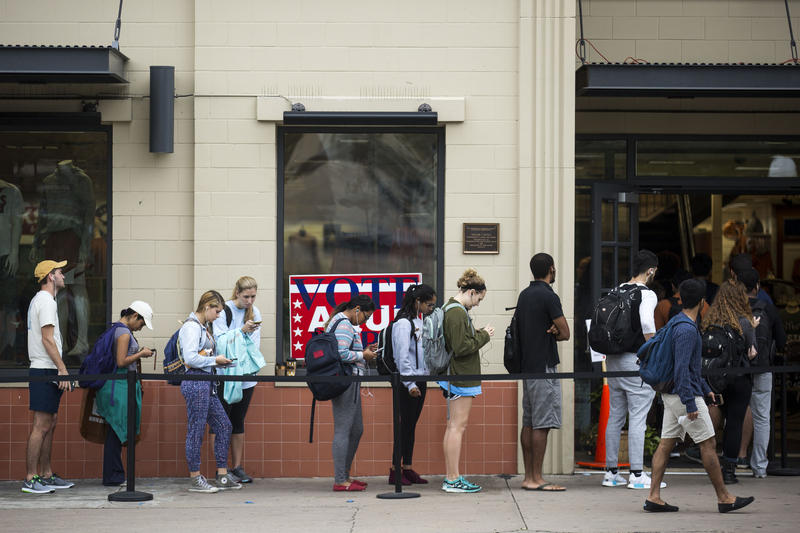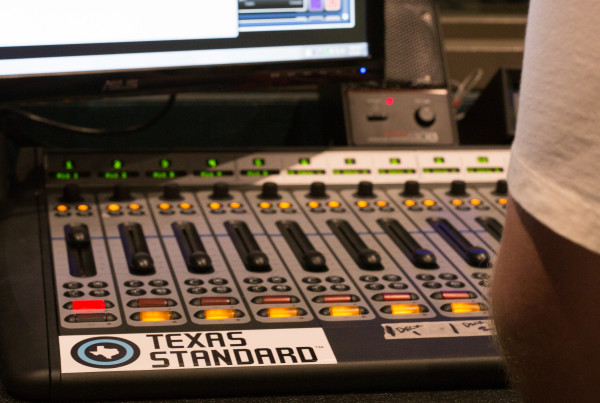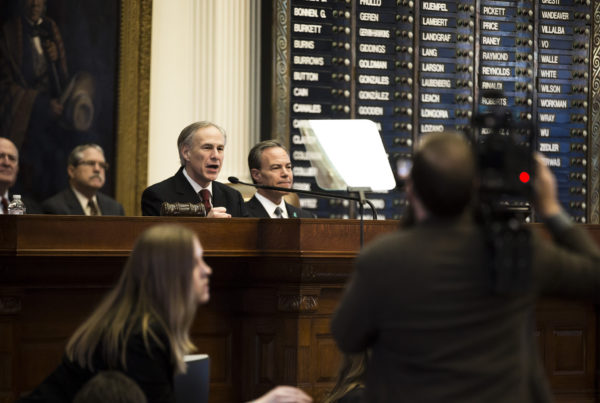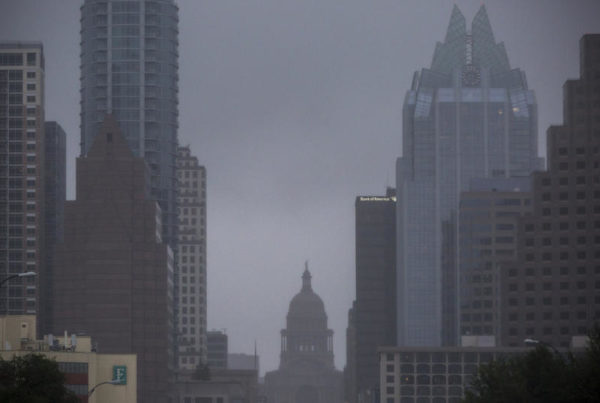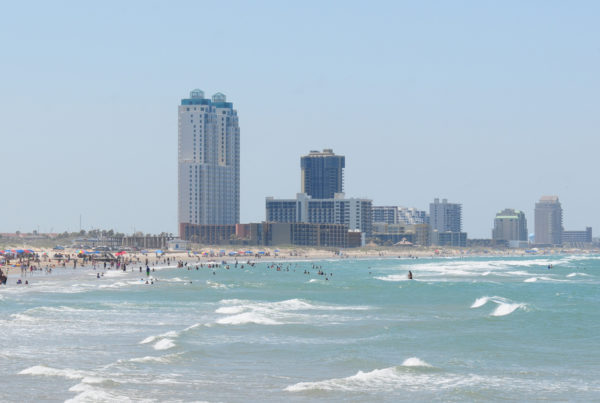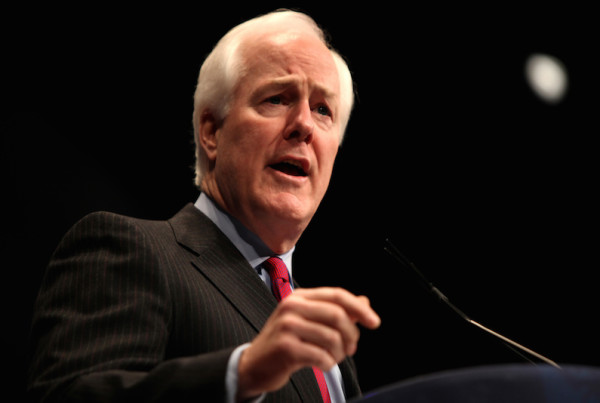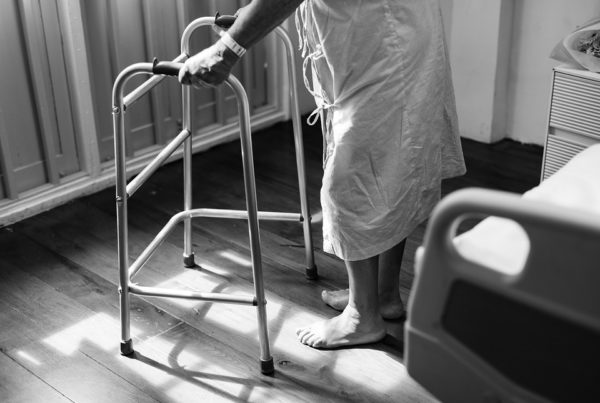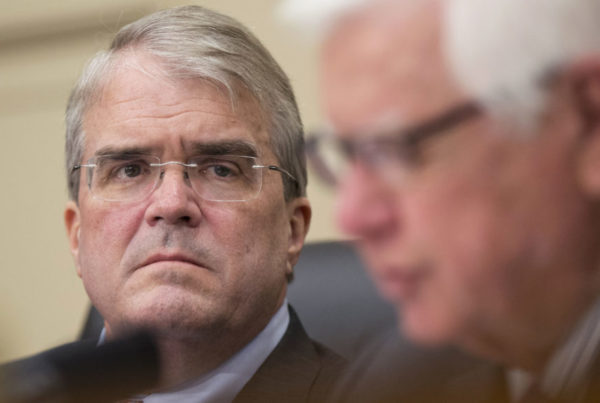From KERA:
In the upcoming primary election, voters will decide who appears on November’s general election ballot. From now until March 2, you can cast your ballot at any polling place in the county where you’re registered. But on Election Day, most Texas voters have to go to their assigned polling place. (That’s unless you’re in one of the counties participating in a special program.)
You can find yours on the Texas Secretary of State’s site.
How those voting locations are determined didn’t make a lot of sense to one of our listeners.
“I’ve always wondered why the polling locations seem to be so random, hard to find, and the lines are very long,” said Carissa Fabian, a civil engineer from Cypress, Texas.
Fabian said she thinks about this every time she goes to vote.
“You’re standing there wondering why the lines are so long, and why couldn’t it be easier for us to get out and vote,” she said.
Predicting voter turnout
To start unpacking this, I called on University of Texas at Arlington political science professor Rebecca Deen. She said if we’re talking about a primary election, the party chairs get to decide where those polling places are going to be.
For those officials, though, picking the right size of venue is tricky. A government office? A gym? Deen said there’s some indication that this year’s primaries may draw bigger crowds than usual — but who knows.
“In some ways it’s a guessing game on how many voters they think are going to come to the polls based on previous elections of those kinds, and then they make a determination,” Deen said.
If they’re off the mark, well, that means longer waits.
So that was the academic take on the question. For the view from the ground, I went to David Bernstein, the elections director for the Dallas County Republican Party.
We met up at one Election Day polling site: a Dallas church. Bernstein estimates he’s in charge of about 250 locations across the county.
“My goal as elections director is to make sure that every [election] judge has basically 400 voters that come in to vote,” he said. “So they kind of have a stream of people throughout the day — obviously morning and evening are heavier — but nobody is tasked with 1,000 people coming in to vote to one location.”
Designing a system that actually works that way isn’t easy. He says he understands Fabian’s annoyance.
“Before I did this job, I had that frustration, too. Where I live, there was a voting location that literally a voter would have to go past four other voting locations in order to get to their designated location,” he said. “And it made sense on paper, but when you looked at it on a map, it just made no sense at all.”
Factoring in voter fraud
Primary elections in Texas are known for their low voter turnout. Sometimes, parties have to consolidate precincts; put Democrats on one side of the gym and Republicans on the other. Bernstein said it’s ideal to have people on both sides going to the same location.
He’s tried to streamline things, but admits no setup is perfect. So, that’s where we are today.
“Me being an engineer, I’m always figuring out ways to improve things,” Carissa Fabian said. “This is just an off-the-wall idea I had, but has anybody ever thought about drive-thru voting?”
And she’s not too far off. Bernstein also imagines easier ways to vote.
“I am an application developer when I’m not doing things for an election,” Bernstein said. “Yes, there are much better and smarter ways to do it. Obviously, a huge concern is validation that this is the voter.”
In 2016, there were a few cases of election fraud in Dallas County.
Rebecca Deen said that’s the challenge — balancing efficiency and precision. She said there are two schools of thought:
“People who are worried about election fraud are skeptical of things that might make it too easy to vote because then you increase the likelihood that somebody votes more than once,” she said, “or that you have people who are not registered to vote, or even sort of the most hyperbolic of examples — dead people voting.”
On the flip side:
“People who want more people to participate in [voting] don’t see fraud as a real concern; those are the ones who think of these creative ways,” Deen said. “But in terms of the political reality: Group No. 1 holds more political sway than Group No. 2”
So until that day, when Texas Republicans and Democrats can agree on an overhaul of how we do things here, Fabian’s dream of a Texas where voting is easier and polling places easy to find won’t come true.
And she’ll still probably have to wait in line.
This story is part of the Texas Decides series, in which public radio stations across the state answer your questions about the 2018 primaries, voting and more.


